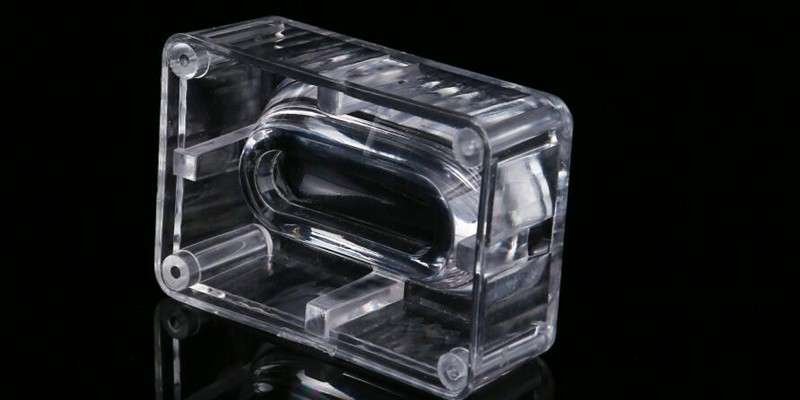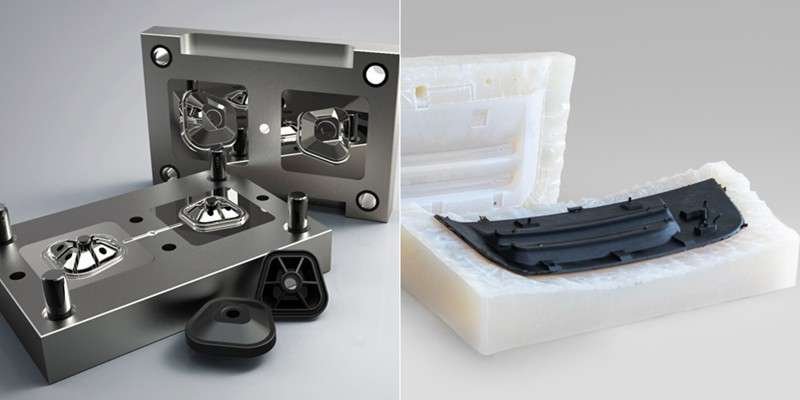The undercut injection molding technique enhances the functionality and aesthetics of products. In simple terms, an undercut is a design or shape that prevents the easy ejection of molded products from the mold cavity. It is evident that undercuts lead to complexity but still gain popularity because of the numerous benefits for the manufacturing industry. In this article, we will explore injection molding undercut designs and their uses.
Table of Contents
ToggleUses of Designing Undercuts in Injection Molding
Injection molding is a cost-effective way to produce different products with consistent precision and efficiency. It is a widely used technique in various industries. Undercuts in the injection molding process serve different purposes, and these are as follows.
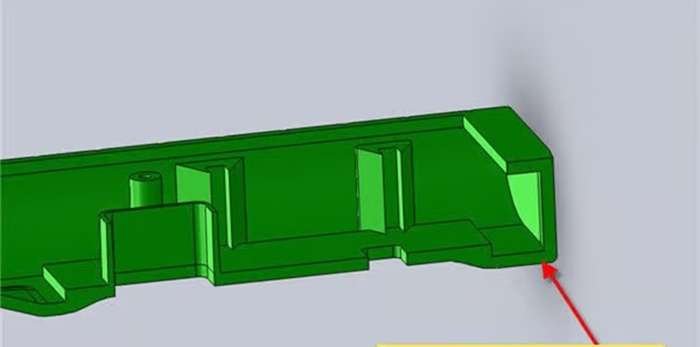
Enhanced Product Design
Designers’ innovative ideas attract customers, and undercuts make it possible by adding hidden features and complex geometries to a product. The designers achieve unique designs because of the flexibility and versatility of the undercuts.
Improved Functionality
Undercuts can improve the overall product functionality by enhancing its performance and making it more versatile. It allows adding functional elements like custom inserts, vertical threads, interlocking features, and barb fittings directly to serve a wide range of applications.
Reduce Secondary Processes
The undercut feature in injection molding, it eliminates the post-molding steps during the process. Designers can directly add some aspects to the molded parts. It saves the overall injection molding cost by reducing secondary processes.
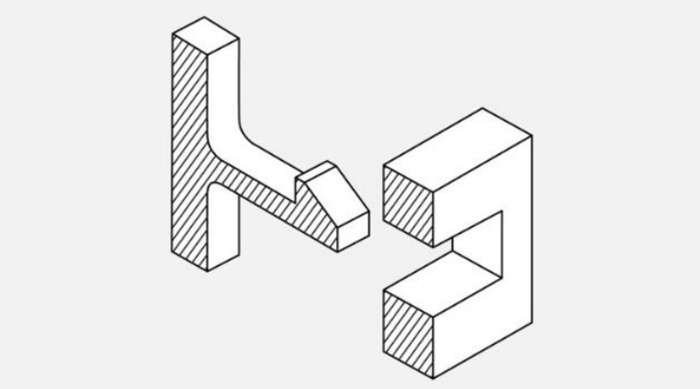
Reduced Assembly Complexity
Undercuts improve the assembly process by eliminating additional fasteners. It provides options like snap-fit connectors that result in the polished look of the product. It makes the assembly process easy and quick at the same time. The Undercut injection molding can incorporate this feature in electronics products and household appliances for firm assembly without the use of rivets or any adhesives.
Aesthetic Appeal
Undercuts improve the visual appeal of the injection products by adding different patterns and creating textured surfaces. This technology helps designers to make products that differentiate from others in aesthetic appeal.
Challenges and Considerations in Undercut Injection Molding
Undercuts in injection molding come with many benefits, but there are some challenges that you need to address to leverage their full advantages. These challenges and considerations are as follows:
Ejection Difficulties
The big challenge is the ejection or removal of the product from the mold cavity. After injecting liquid material into the mold cavity, it cools down, leading to the release process. But Undercuts can obstruct smooth removal and need ejection methods to avoid defects. These methods help to remove a molded product from the cavity easily.
Mold Complexity
Mold complexity is another problem that can cause mold release issues. So, one should not avoid the mold design phase because complex mold designs can create problems. It is necessary to focus on the complex angles of the mold to minimize the ejection issue and enhance the overall performance.
Draft Angles and Wall Thickness
Less or lack of draft angles in injection molding can be challenging because it doesn’t allow smooth removal of the molded product. If there are no draft angles in the vertical walls of the mold, then it stuck the part during the mold release step.
Lack of uniformity in the wall thickness near the undercuts can be another reason for preventing the molded product from being released. So, to avert manufacturing issues, it is necessary to consider draft angles and wall thickness because they may cause potential damage to the mold.
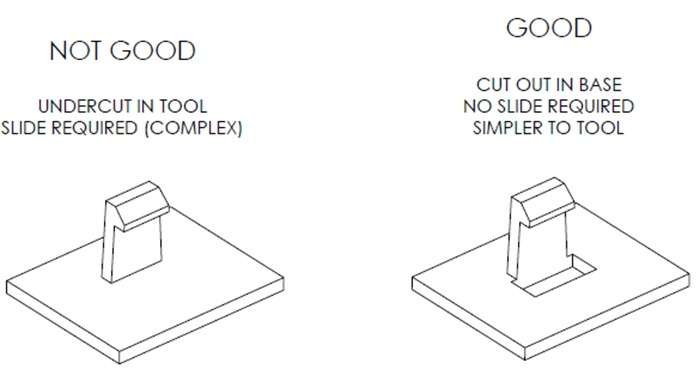
How to Achieve Success in Undercut Molding?
You can consider some steps to achieve successful undercut injection molding. These steps are given below:
Advanced Mold Design
Achieving success in undercut molding depends upon the advanced mold designs, and there are some essential features that you need to consider for effective results in the final products these are as follows:
- Parting Lines: Parting lines separate the two parts of the mold, including the core and cavity. These lines are also known as lines of separation and are essential for the ejection step in undercut injection molding. If there is a problem in the positioning of parting lines, it can interfere with the smooth removal of molded products. It can eventually cause damage to undercuts in the final product. You must consider it while considering design for undercuts.
- Side-Action Feature: Side-action or side-core features can create undercuts or deal with intricacies on the side walls of molded parts. It follows the perpendicular motion to create undercuts of sidewalls. Its effective action adds complexity to the product for better functionality.
- Hand-Loaded Inserts: Hand-loaded inserts mean manually inserting some custom components to achieve the required functionality during the injection molding. It incorporates elements that are not possible with standard mold features. As they are manual, these are easy to reuse again and again for the next batch.
- Shutoffs: Shutoffs prevent the leaking of molten liquid from specific places in the mold. These are essential mechanical components to achieve complex shapes during undercut molding. It can replace the use of hand inserts or side-action cores. It facilitates undercut molding by eliminating the need for secondary operations.
- Bump Offs: As its name suggests, it facilitates the smooth removal of the final product from the mold cavity. These components prevent sticking and friction between the cavity surface and the product. These are the best components to deal with flexible and elastic material.
Gate Selection and Placement
Success in undercut molding also depends upon the injection molding gates. These gates play a role in injecting molten material into the cavity. These gates control the flow of the melted material and keep it uniform. If the material spreads uniformly and accurately in the mold cavity, this results in a smooth and consistent surface of the molded product. So, it is necessary to design that accurately.
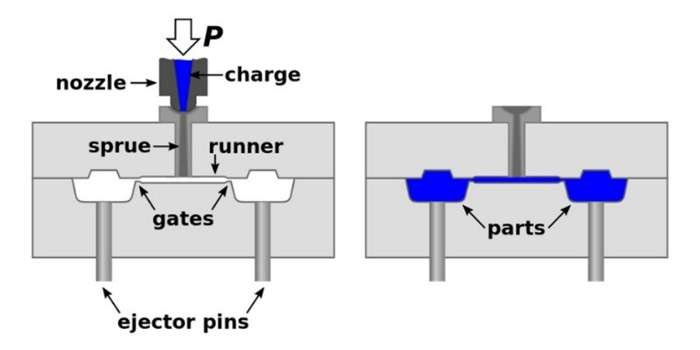
Specialized Ejection Techniques
It is necessary to use specialized ejection techniques to eject the product from the mold cavity. Ejector pins can easily remove the product from the mold without damaging the undercut line. Injection Molding flash is another defect that should be removed to provide finishing to the final product.
Material Selection
Flexibility and compatibility of the material are other things that the designer must consider for achieving appropriate undercuts in molding. Choosing a suitable material is necessary to prevent damage to the product’s surface because of the friction between the mold cavity and the product. Material properties affect injection molding tolerance, so it is essential to consider both to ensure that the final product meets the specifications or not.
Applications of Undercut Injection Mold Parts
Injection Molding undercuts belong to various industries and provide diverse applications everywhere. Designers find it an effective way to bring hidden features into the design of any product to make it more effective and user-friendly.

Medical Devices
In medical devices, undercuts are crucial in improving usability and patient safety. Some devices are not functional in the absence of these grooves. There are medical devices like syringes, surgical instruments, and cartridges that need undercuts. Undercuts in needles make them leakproof by providing a proper grip to it. These grooves enhance functioning by maintaining secure connections between different components.
Automotive
In the automotive industry, undercuts are present in interior and exterior components. It provides innovative solutions to enhance the functionality of automotive applications. It offers solutions to leaks for the smooth flow of fluid. Barbed hose connectors have undercuts that tighten the grip and prevent hose detachment under pressure.
Consumer Electronics
Undercuts add value to electronic devices by enhancing user experience. These undercuts or grooves provide stability to electronic devices by improving circuit connections.
Undercuts are the parts of different components of electrical appliances like Electrical connectors, battery compartments, control buttons, and switches for the smooth operation of electronic devices. It provides a unique texture to the devices that enhance the overall appeal of the electronic product.
Get Perfect Injection Molding Services with XinCheng
You can rely only on a trusted partner for quality injection molding solutions to achieve perfect undercuts in injection molding. At XinCheng, we can ensure you get perfect and precise undercut shapes for your products. Our team assists you from material selection to undercut machining because of the depth of knowledge in the manufacturing industry. We also can understand all the challenges and intricacies of undercut molding designs. Contact us today to get a free quote and DfM feedback.
Conclusion
Undercut injection molding is crucial to enhance the product’s precision, functionality, and aesthetics. It adds uniqueness to any product by incorporating complex geometries and hidden features. These features not only enhance the overall aesthetics but also improve the performance.
FAQs
Why are draft angles important in undercut molding?
Draft angles are essential for mold release from the mold cavity to avoid damage to the product. These angles are incorporated into the vertical surfaces of the mold cavity to support the smooth ejection. Also, these angles or slopes are essential to protect the outer surface of the mold cavity from imperfections and defects in the molded product.
How to avoid undercut in injection molding?
Undercuts can increase complexity, and this may lead to increased production costs. So, if it is unnecessary, the designer must manage without the undercut.

